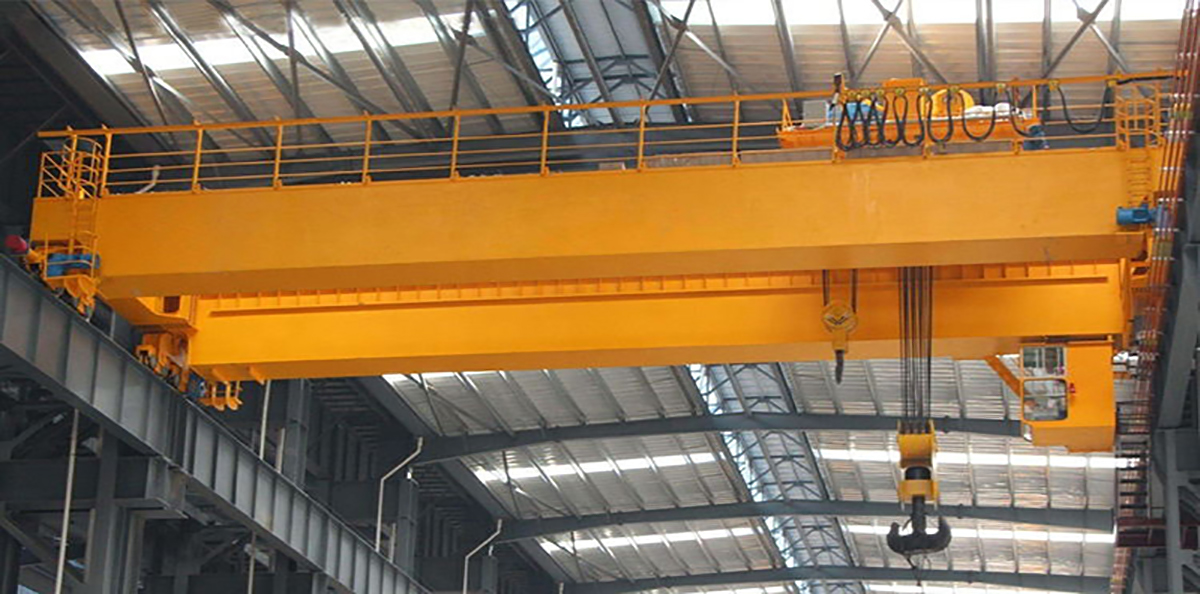
Although the quality of the crane is superior, some failures will inevitably occur during use, such as cracks in the weld. The reasons for the cracks in the equipment are as follows, let's take a look!
1. The crane will produce cracks at the connection part of the beam and the main beam, the connection part of the upper beam and the leg, and the welding seam. Some force-bearing parts not only bear the bending force and shear force caused by the load and self-weight, but also are affected by inertia or the lateral force generated by the wind, which makes the synthetic force of these parts larger and the direction of the force changes constantly , It will cause fatigue damage and cracks.
2. In order to reduce the cracks during the use of the crane, a reasonable stiffening device can be designed in the main beam, and a transverse plate consistent with the main beam can be added to the part where the web and the main beam are connected. The flange plate is welded to the main beam. In addition, a longitudinal horizontal plate can be added at the position where the upper and lower cover plates of the beam are welded to the main beam of the electric hoist gantry crane.
3. Through the setting of the horizontal plate, the overall stiffness of the joint between the beam and the main beam can be greatly improved, and the local stability of the part can be increased, which can effectively solve the problem of stress concentration, thereby avoiding local fatigue damage and cracking. In addition to adding stiffening devices, you can also set a reasonable corner for excessive and reasonable upper beam structure, and make a reasonable model selection according to the actual engineering situation. These are all effective methods to reduce the number of cracks in the crane.